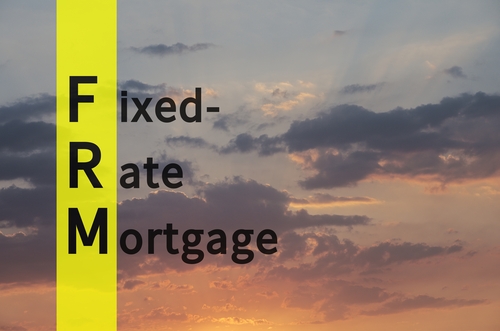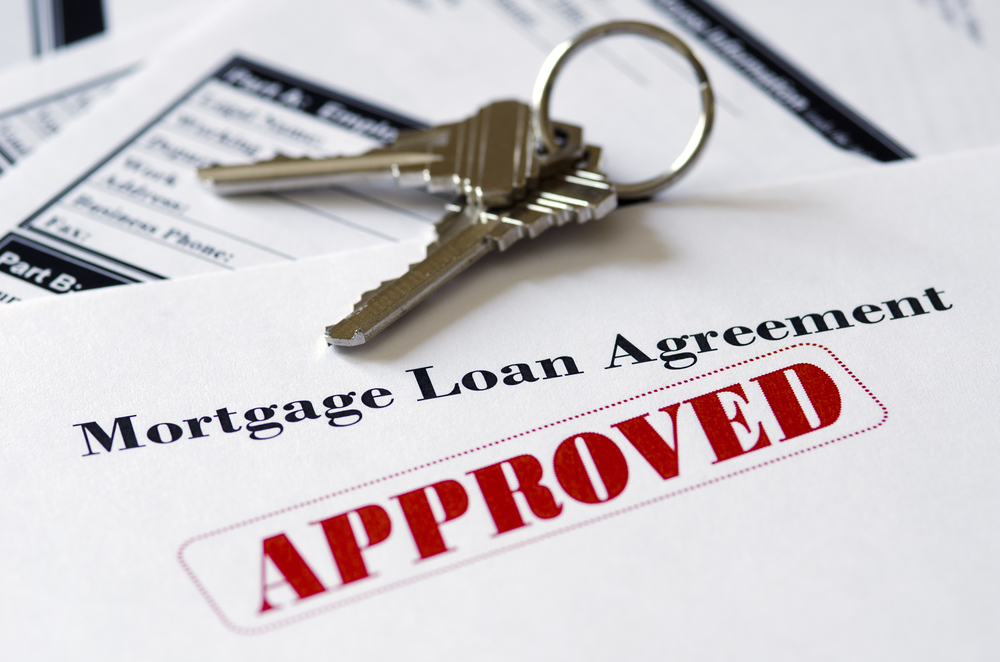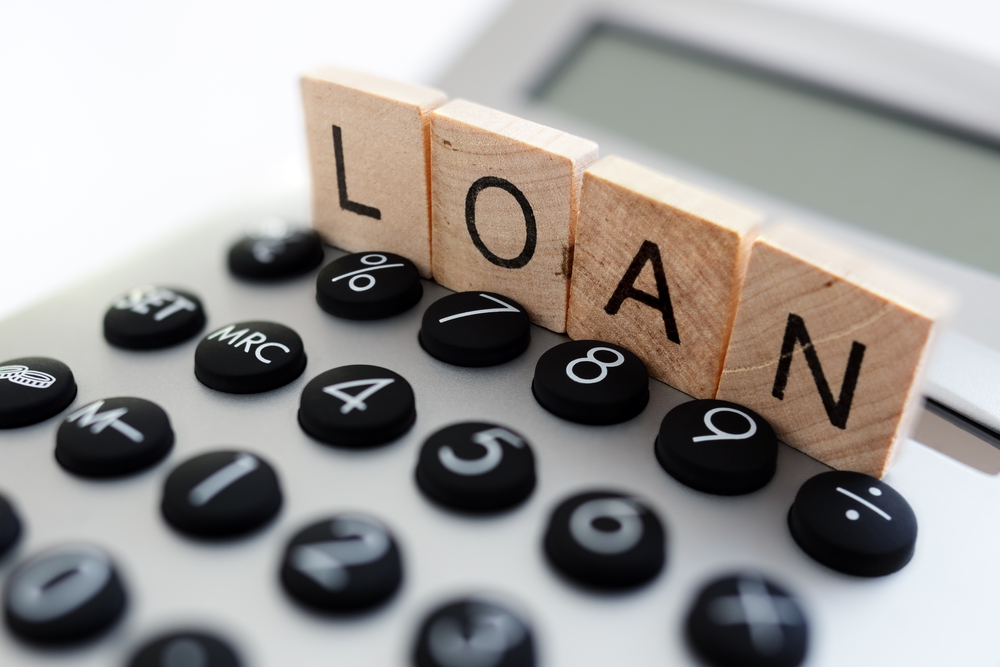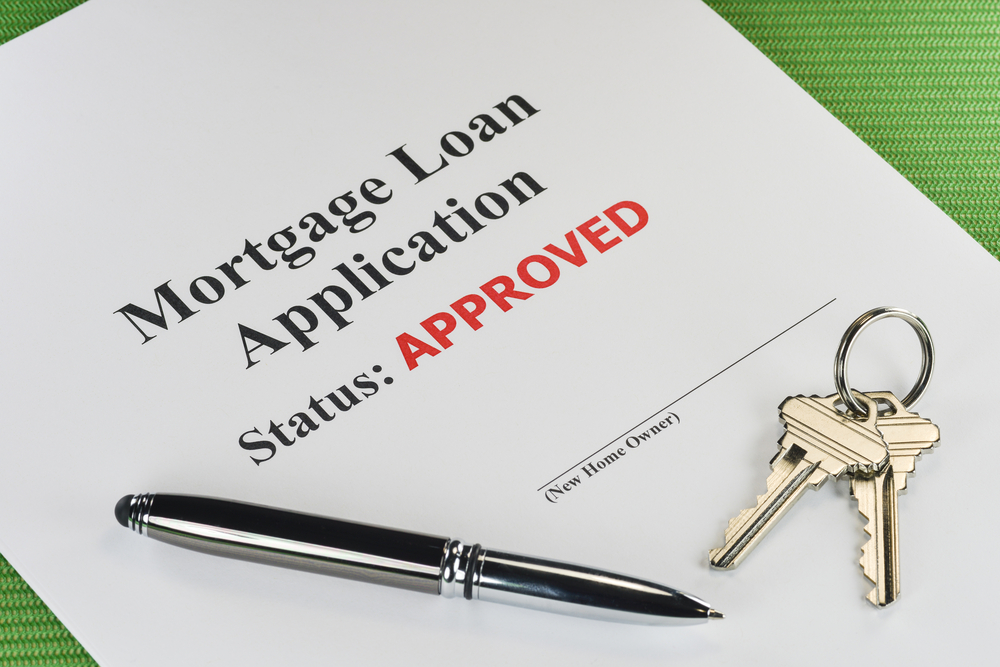When applying for a mortgage loan, you have the option between a fixed-rate mortgage and an adjustable-rate mortgage. An adjustable-rate mortgage has an introductory fixed-rate, and then a rate that resets every year. A fixed-rate mortgage, on the other hand, has an interest rate that remains the same over the life of the loan.
Fixed-rate mortgages are considered a safer alternative. But it’s important to understand the pros and cons before deciding whether this type of mortgage is right for you.
Pros of a Fixed-Rate Mortgage Loan
-
Predictable, fixed monthly payment
With a fixed-rate mortgage, you don’t have to guess or predict what your mortgage payment will be from year-to-year. Since the rate on these mortgages never change, your mortgage payment remains the same for the entire mortgage term, whether you choose a 15-year, a 20-year or a 30-year mortgage. When you know your housing expense, it’s easier to plan ahead and budget for the future.
-
You don’t have to worry about mortgage rates
With an adjustable-rate mortgage, you might worry about the possibility of a higher interest rate. There’s no way to predict what interest rates will do from year to year. With each rate adjustment, your interest rate will change to reflect current market conditions. The rate could increase, remain the same or decrease. If your rate increases, so does your mortgage payments. And if rates skyrocket from one year to the next, your payment could increase significantly. You don’t have to fear payment shock when you choose a fixed-rate mortgage.
Cons of a Fixed-Rate Mortgage
-
Higher mortgage interest rates
Although fixed-rate mortgages offer predictable monthly payments and your rate will never increase, adjustable-rate mortgages can be cheaper. Adjustable-rate mortgages start off with lower rates compared to a fixed-rate mortgage. This can result in lower monthly payments, and a lower rate can help you qualify for a larger mortgage amount.
-
You have refinance to take advantage of a lower rate
An adjustable-rate mortgage comes in handy when mortgage rates are on the decline. Since your rate will adjust each year according to the market, you’re able to take advantage of lower mortgage rates without doing anything. This isn’t the case with a fixed-rate mortgage. Because the mortgage rate is fixed, refinancing the mortgage is the only way to benefit from falling rates. Refinancing involves applying and qualifying for a new mortgage, and paying closing costs.
A fixed-rate mortgage offers predictability, stability and peace of mind, and if you’re going to live in the home for many years, it’s the safer choice. But if you prefer moving every three to seven years, an adjustable-rate mortgage is a better fit. You can take advantage of the low introductory rate, and then sell the property before your first rate adjustment.








